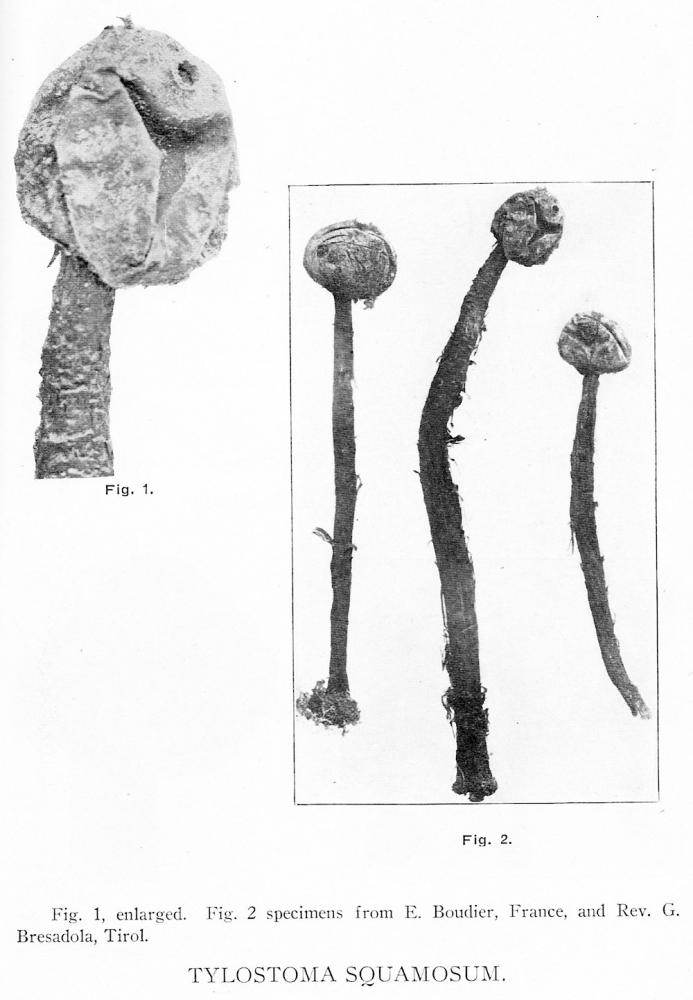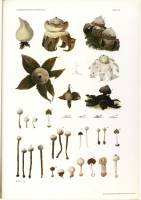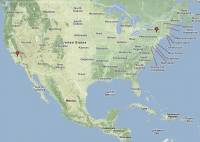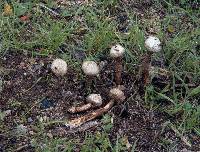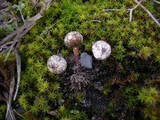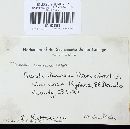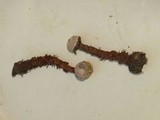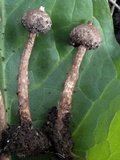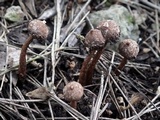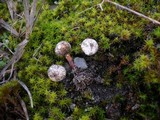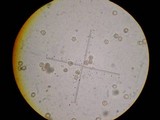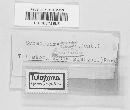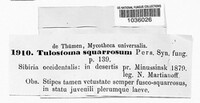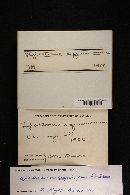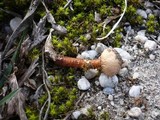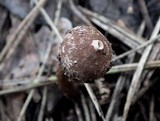
|
|
|
|
Family: Agaricaceae
|
Wright J.E. 1987. Bibliotheca Mycologia 113: 195. Tulostoma squamosum Gmelin: Persoon. (Fig. 137; Pl. XIV:1-3) Synopsis Fung. p. 139. 1801. = T. squarrosum Micheli, Nova Plantarum Genera p. 212, tab. 97, fig. 7. 1729. = Lycoperdon squamosum Gmelin apud Linneo, Syst. Nat. II: 1463. 1747. = L. palmatum Batsch, Elenchus Fungorum 1783-1789. = T. imbricatum Pers., Tentam. Dispos. Meth. Fung. p. 6. 1797. = T. barlae Quelët, Bull. Ass. France 17, tab. XII, fig. 1. 1880. = . resa olae Petri, Ann. Mycol. 2: 414. 1904. Etym.: The name refers to the very scaly stipe. Spore-sac globose , up to 15 mm diam, generally small compared to the length of the stem. Exoperidium thinly membranous, falling off in small scales, generally dark, but sometimes, as in T. brumale, pinkish white. Endoperidium not whitish, but coloured in yellowish hues to cupreous or even ochraceous orange, finally smooth. Mouth tubular, somewhat prominent, with a lighter coloured peristome. Socket distinct, separated from the stem, membrane irregularly torn. Gleba light ochraceous to light ferrugineous. Stem up to 55 x 4 mm, dark brown to cinnamon, sometimes with reddish hues, brilliant, scaly, the scales appressed and imbricate, pointed. sometimes it may be subscaly, generally somewhat more slender towards the apex, when decorticated longitudinally striate, with mycelial rhizomorphs at the base. Spores yellowish brown, with a gross echinulate ornamentation under L.M., at times anastomosed to form short ribs, globose to subglobose, 5.4-6.5 x 4.7-5.8 µm; under SEM the ornamentation appears formed by riblike, much anastomosed verrucae , some formed by more than one column mixed with smaller verrucae; they have a notorious apiculus. Capillitium branched, septate, threads thick-walled, lumen visible to lacunar, 1.8-7.2 µm diam, not at all or slightly swollen at the coloured, generally oblique septa. Habitat: calcareous soils among herbaceous vegetation. Distribution: Europe: mainly Southern and Western. North America. Lectotype: Italy, missit cl. Targioni, in Herb. Persoon, originally as Lycoperdon Micheli (L!). Illustration: Hollos (1904: pl. XI, figs. 12-14); Pouzar in Pilat (1953: fig. 219). |

